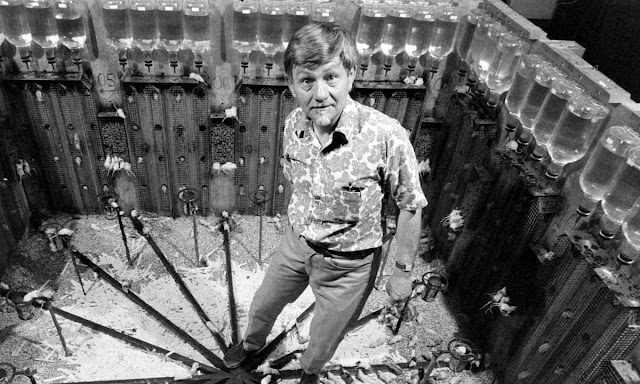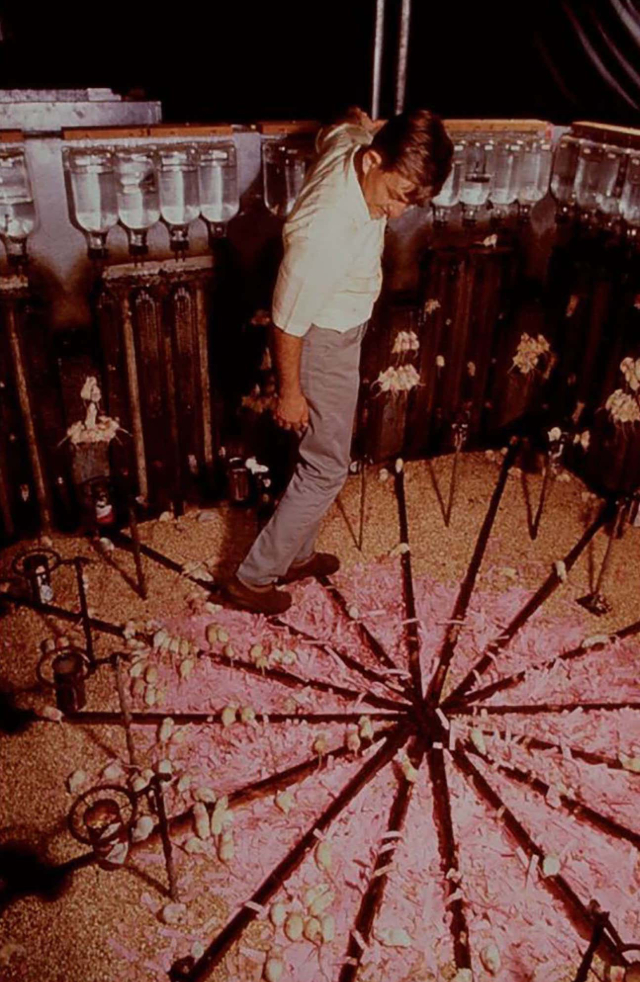John B. Calhoun was an American ethologist and behavioral researcher who is most famous for his “Universe 25” experiment. Conducted between 1968-1973, the experiment examined the effects of overpopulation on behavior in mice.
Calhoun designed an ideal environment for rats, called “mouse utopia,” with abundant food, water and space, in order to study the social dynamics of a growing population.
Initially, the colony prospered, but after 317 days, population growth began to stagnate. Upon reaching 600 mice, serious social problems arose: hierarchies were established, the strongest individuals began to attack others, and aggressive and maladaptive behaviors emerged, such as violence between females and a lack of reproductive interest in males. As passive, non-reproductive (beautiful mice) males dominated, the birth rate plummeted, juvenile mortality reached 100%, and the colony collapsed into cannibalism and homosexuality.
The experiment was repeated 25 times, each time with similar results, and has been used to model the study of social collapse and urban sociology.
Calhoun saw the fate of the population of mice as a metaphor for the potential fate of man. He characterized the social breakdown as a “second death.” His study has been cited by writers such as Bill Perkins as a warning of the dangers of living in an “increasingly crowded and impersonal world.” Others took different lessons; medical historian Edmund Ramsden has hypothesized that the mouse society fell from excessive social interaction, rather than density per se.

















.jpg)





Natural laws cannot be bypassed without dire, unforseen consequences.
ReplyDeleteWestern society today is heavily influenced by those to whom idleness & ease are hopeful ideals, ignoring the practical benefits of competition.
Some people are naive enough to believe they can engineer humanity & that their puny intelligence is greater than God or nature.
We are coasting towards a cataclysmic smack-down.